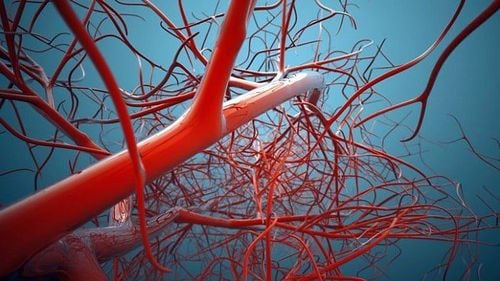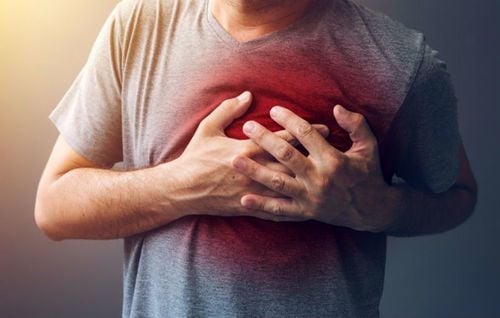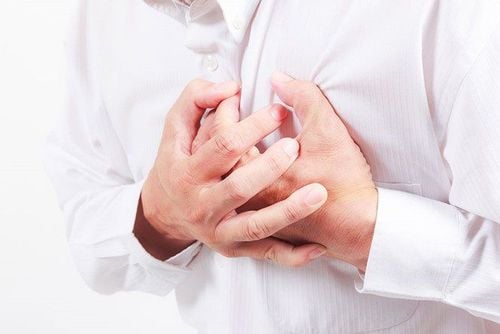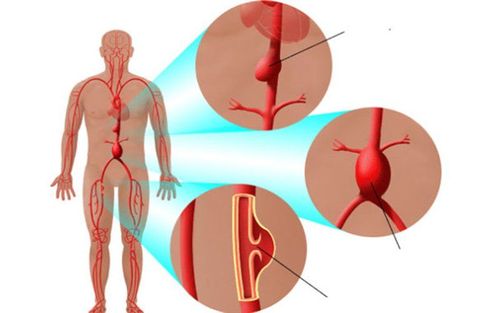This is an automatically translated article.
The article is professionally consulted by Specialist Doctor I Tran Quoc Vinh - Emergency Doctor - Department of Resuscitation - Emergency - Vinmec Nha Trang International General Hospital. Doctor Tran Quoc Vinh has more than 6 years of experience (starting in 2011) in the field of Emergency Medicine.1. What is aortic dissection?
An aortic aneurysm is a bulge in part of the aorta, the body's main blood vessel. Due to many different causes, especially the aorta, the aneurysm can burst. Aortic dissection is a condition in which large blood vessels branch off from the heart, causing a tear. Blood overflows through the lacerations, creating the inner and middle layers that cause the aorta to dissect. If the aorta is too compressed, it can lead to rupture of the artery, which can be fatal.Symptoms of aortic dissection are similar to many other emergency situations, so it is important to think of aortic dissection for timely diagnosis and treatment. Males are more likely than females. The most common age is 60 years and older. The most common site of aortic dissection is the ascending aorta, then the descending aorta - the origin, the aortic arch, and the rest in the abdominal aorta because these areas must be stretched the most or are the connection of the aorta.
Caused by a number of health problems such as high blood pressure and atherosclerosis (hardening of the arteries), which can cause weakening of the artery walls combined with wear and tear during aging, which can cause Weakened arteries, protruding outward.
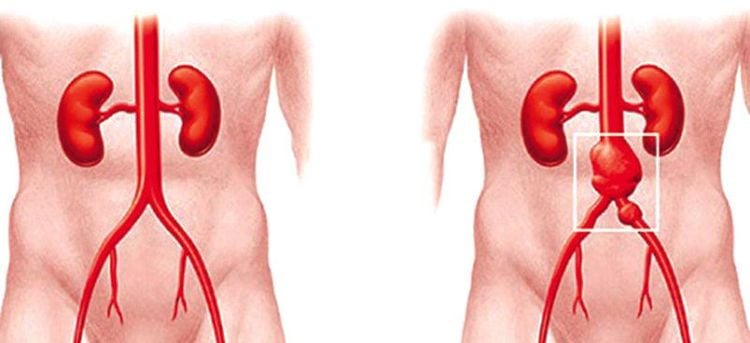
2. Classification of aortic dissection
The DeBakey classification has 3 types:Type I: Injury to the ascending aorta and descending aorta Type II: Injury to the ascending aorta Type III: Injury to the descending aorta Stanford classification includes 2 Type:
Type A: Injury to the ascending aorta regardless of onset in any aorta. Type B: Injury to the aorta distal from the origin of the left subclavian artery.
3. Common risk factors for aortic dissection
Coarctation of the aorta, aortic arch hypoplasia, surgical procedures with the aorta: cannulation, aortic clamping, graft anastomosis... Increased pressure on the aortic wall Hypertension Hypertension Arterial dilation aortic valve Unilateral or mitral valve Reduced aortic load bearing Old age Marfan syndrome , Ehlers-Danlos syndrome Pregnancy.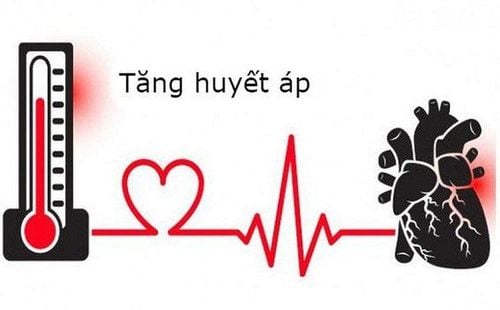
4. Signs of aortic dissection
The symptoms of aortic dissection can be difficult to distinguish from other heart problems, such as a heart attack. Signs include:Chest or back pain that comes on suddenly as a tear, tear or cut. Pain characteristics are as follows: The location of the pain depends on the location of the aortic dissection (the dissection of the ascending aorta usually causes anterior chest pain, the descending aorta often causes posterior chest pain, back pain, stomachache). The pain can be sharp like a stabbing knife, but is characterized by a sudden onset of pain that quickly reaches a maximum, rarely spreading. Many patients are completely painless. Others experience periods of complete painlessness and return of pain, signaling the risk of rupture of the aortic dissection. Unconsciousness Shortness of breath Sudden difficulty speaking, loss of vision, weakness or paralysis on one side of the body, similar to a stroke Hemiplegia when atherosclerotic plaque dissects or a blood clot in the dissection floats to the brain dynamically Cerebral artery causing stroke or dissection of the internal carotid artery wall, causing narrowing of the vessel lumen leading to reduced blood flow to the brain. Weakness of the lower extremities, dissection causes narrowing of the aortic lumen, resulting in reduced blood flow to the legs. Other manifestations:
Pericardial effusion, caused by dissection of the proximal segment (the ascending aorta) spreading to the heart, causing acute cardiac tamponade. Pleural effusion bursts into the pleural space. Unilateral pulmonary edema or hemoptysis due to rupture of aortic dissection into the pulmonary artery. Acute abdominal pain due to aneurysm extending into the mesentery. Difficulty swallowing due to pressure on the esophagus.

5. Diagnostic test for aortic dissection
Transesophageal echocardiography (TEE) uses high-frequency sound waves to create images of the heart; Computed tomography (CT scan) with contrast: A CT scan produces X-rays to create cross-sectional images of the body. Optimizing contrast in the heart can help better visualize the aorta and other blood vessels on CT scans; Magnetic resonance angiography (MRA): An MRI uses a magnetic field and pulses of radio wave energy to create images of the body. MRA uses this technique to take pictures of blood vessels.6. Treatment of aortic dissection
The goals of medical treatment are to stabilize the split fracture, prevent rupture of the aneurysm, enhance the healing process of the split, and reduce the risk of complications. Medical treatment in the following cases:Uncomplicated acute type III aortic dissection Acute aortic dissection with simple loops or stable chronic aortic dissection. Surgery in the following cases:
All patients have acute proximal aortic dissection, except in cases where surgery is not possible due to severe comorbidities. Indications for surgery in the acute distal aortic dissection group included: rapidly dissecting aneurysm, peritoneal permeation, threatened rupture, persistent, uncontrolled pain and/or limb or visceral ischemia, dissection. retrograde to the ascending aorta, with aortic regurgitation

7. Prevention of aortic dissection
Control blood pressure Don't smoke Control blood fats Maintain a healthy weight, lose weight if overweight Preventing the risk of chest and abdominal injuries, such as wearing a seat belt while driving reduces the risk of chest injury , Regular health check-up if aortic dissection is suspected. To protect overall heart health and detect early signs of heart attack and stroke, customers can sign up for a Screening Package Cardiology - Basic Cardiovascular Examination of Vinmec International General Hospital. The examination package helps to detect cardiovascular problems at the earliest through tests and modern imaging methods. The package is for all ages, genders and is especially essential for people with risk factors for cardiovascular disease.Please dial HOTLINE for more information or register for an appointment HERE. Download MyVinmec app to make appointments faster and to manage your bookings easily.





